Cooking with salt
Mark Hix shares his favourite recipes with salt and selects the best salt to use
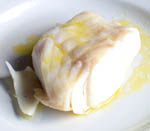

Every household has a pot of salt in its kitchen, and yet we take it for granted. Salt was once a trading commodity and was used to preserve food before refrigeration was invented. Roman soldiers were paid in it the Latin word sal gives us ‘salary’.
Salting can enhance meats and fish, transforming pork into bacon and ham, and sturgeons’ eggs into caviar. So what salt should we use in the kitchen? It’s confusing these days, with so many different types on the shelves, and, rather like olive oil, it’s cool to be seen with a certain brand on your worktop.
I’ve been converted to the relatively new Cornish Sea Salt, produced on the Lizard Peninsula. Unlike some other sea-salt producers, Cornish Sea Salt returns seawater back to the ocean still containing 3% salt, which means it only extracts 1% for production. I wouldn’t say that this impacts on the flavour against other salts, but it’s certainly eco-friendly and does no harm to sea and plant life. You can add more sea salt to food without having to worry too much about your daily salt intake compared to table salt.
Fillet of cod with whipped potatoes
Serves 4
I first had this dish at La Fontaine Gaillon, Gérard Depardieu’s restaurant in Paris. It was on the menu as morue fraîche morue in some regions means salt cod, but that’s fresh salt cod, not the stuff that’s as stiff as a board and takes days on end to reconstitute. I asked the waiter what it was, and he explained that the fresh cod was salted for just 30 minutes, then washed off and cooked.
You could use fillets from a large pollock, coley or, one of my favourites, ling. Ling is an underrated fish and not that common on the fish-monger’s slab. I’m laying off the pollock a little, as everyone seems to be writing about it as the alternative to cod and I’m slightly concerned that the poor old pollock could also be endangered soon. Remember what happened when we were all told to eat hoki that’s a goner now. If you go with cod, make sure it’s come from a sustainable source.
Sign up for the Country Life Newsletter
Exquisite houses, the beauty of Nature, and how to get the most from your life, straight to your inbox.
You may think these potatoes have rather an excessive amount of butter and cream in them, but it’s really no more than a few spoonfuls of hollandaise sauce. The potato acts as a sauce for the cod, so you don’t need much of it.
Ingredients
4 thick fillets of cod (or ling), weighing about 180g–200g each, boned and skinned
A couple of handfuls of Cornish Sea Salt
2 cloves of garlic, peeled Enough rapeseed oil to cover the fish
10 white peppercorns
A few sprigs of thyme
For the potatoes
300g floury potatoes, peeled 150g–200g butter 100ml double cream Enough milk to adjust the consistency of the potatoes
Method
Scatter a handful of the salt on a tray or dish, lay the cod fillets on top and scatter the rest of the salt over them evenly. Leave for 30 minutes. Take half a tablespoonful of the salt and place it in a shallow saucepan, wide enough to fit the cod fillets in. Add the rapeseed oil, garlic, peppercorns and thyme, and heat on a very low setting for 10 minutes, then remove from the heat and leave to infuse until the potatoes are cooked. Meanwhile, wash the salt off the cod under cold water and dry the fillets on kitchen paper.
Cut the potatoes into quarters and cook them in salted water until soft. Drain, return them to the pan and dry them out on a low heat for a minute or so. Mash the potatoes as finely as you can a potato ricer is best for this, or you can push them through a sieve. Transfer them to a pan, add the butter and cream, and stir until the butter has melted. Season to taste and adjust the consistency with milk it should be quite liquid, almost like a sauce. Cover and keep warm.
Place the fillets in the oil and return to the heat; ideally, the oil should be about 70˚C. Cook for about 15 minutes a simmer/diffuser plate is good for this and just remove one to check if it’s done.
Serve the cod fillets with a little of the oil spooned over and the potato in a serving dish.
Boiled bacon with pulses
A piece of boiled bacon is such a comforting dish on a cold winter’s night. You can use a whole piece of streaky or back bacon, smoked or unsmoked it’s up to you. I’ve used some handy Italian soup pulses here, which you can buy in delis. They contain split green and yellow peas, a couple of different types of lentils and some tiny mung beans. You could make the mix up yourself it’s always handy to have it stored in your larder and, best of all, they don’t take too long to soak and cook, like chickpeas do.
Ingredients
A piece of streaky bacon weighing about 1kg, soaked overnight in cold water
120g–140g small mixed pulses, soaked for 30–40 minutes
A couple of knobs of butter
1 medium onion, peeled, halved and finely chopped
2 cloves of garlic, peeled and crushed
½tsp tomato purée
2tsp flour
500ml chicken stock
1 large carrot, peeled and cut into 3mm dice
2 sticks of celery, peeled if stringy and cut into 3mm dice
1tsp chopped thyme leaves
Salt and freshly ground black pepper
Method
Rinse off the bacon and place it in a saucepan covered with cold water. Bring to the boil and simmer gently for about two hours or until tender. Meanwhile, heat the butter in a thick-bottomed saucepan and gently cook the onion and garlic for 2–3 minutes. Add the tomato purée and flour and stir well, then gradually add the chicken stock, stirring constantly to avoid lumps forming. Add the carrot, celery, thyme and drained pulses, season, bring to the boil and simmer gently, skimming if necessary, for about 45 minutes until the sauce has thickened and the pulses are cooked. To serve, cut the bacon into thick slices and serve with the sauce.
Country Life is unlike any other magazine: the only glossy weekly on the newsstand and the only magazine that has been guest-edited by HRH The King not once, but twice. It is a celebration of modern rural life and all its diverse joys and pleasures — that was first published in Queen Victoria's Diamond Jubilee year. Our eclectic mixture of witty and informative content — from the most up-to-date property news and commentary and a coveted glimpse inside some of the UK's best houses and gardens, to gardening, the arts and interior design, written by experts in their field — still cannot be found in print or online, anywhere else.
-
 The King's favourite tea, conclave and spring flowers: Country Life Quiz of the Day, April 22, 2025
The King's favourite tea, conclave and spring flowers: Country Life Quiz of the Day, April 22, 2025Tuesday's Quiz of the Day blows smoke, tells the time and more.
By Toby Keel
-
 London is the place for me* (*the discerning property buyer)
London is the place for me* (*the discerning property buyer)With more buyers looking at London than anywhere else, is the 'race for space' finally over?
By Annabel Dixon
-
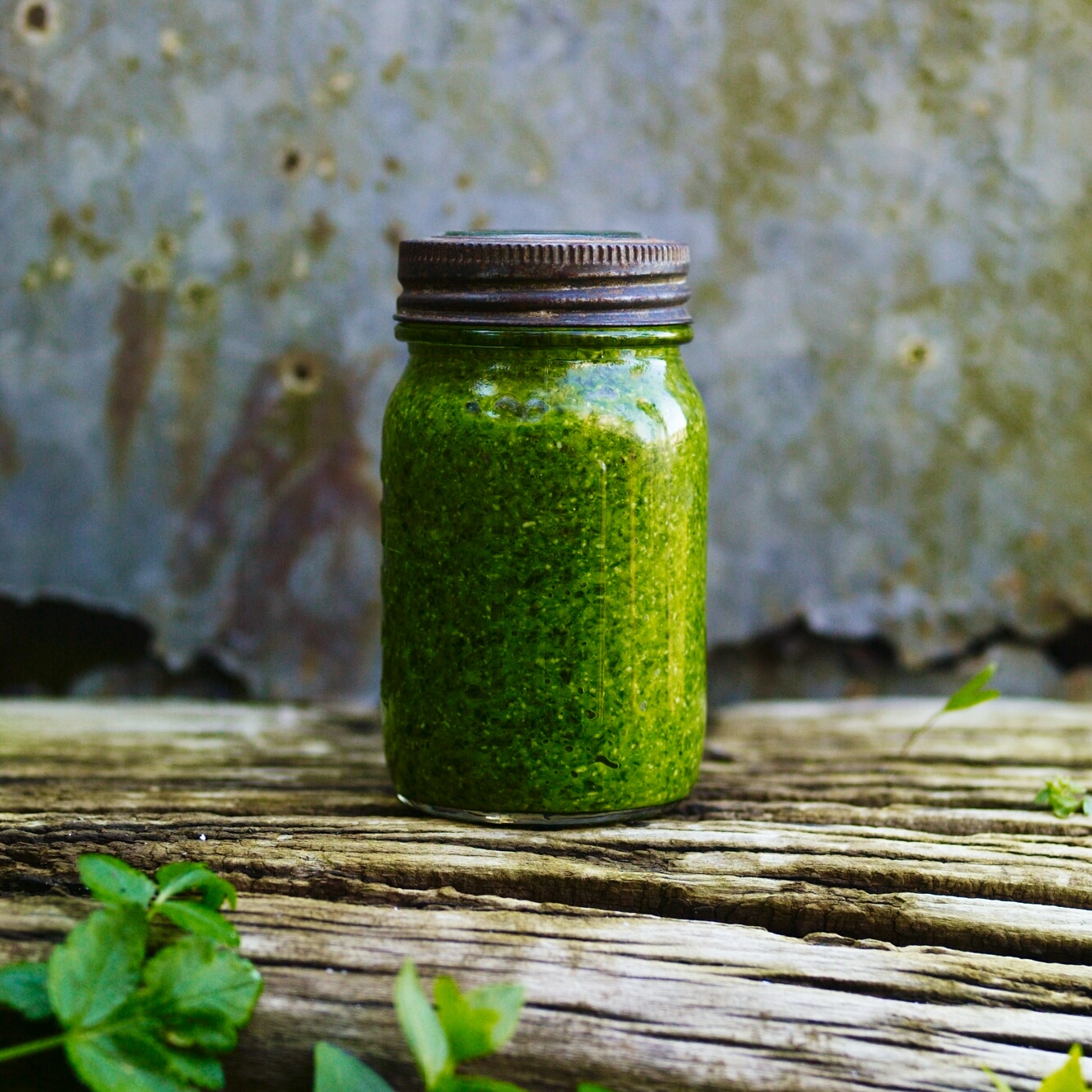 Gill Meller's recipe for wild garlic pesto
Gill Meller's recipe for wild garlic pestoThe appearance of wild garlic is a sure sign that spring is on the way. Make the most of it with this quick and easy recipe for 'intense' pesto.
By Gill Meller
-
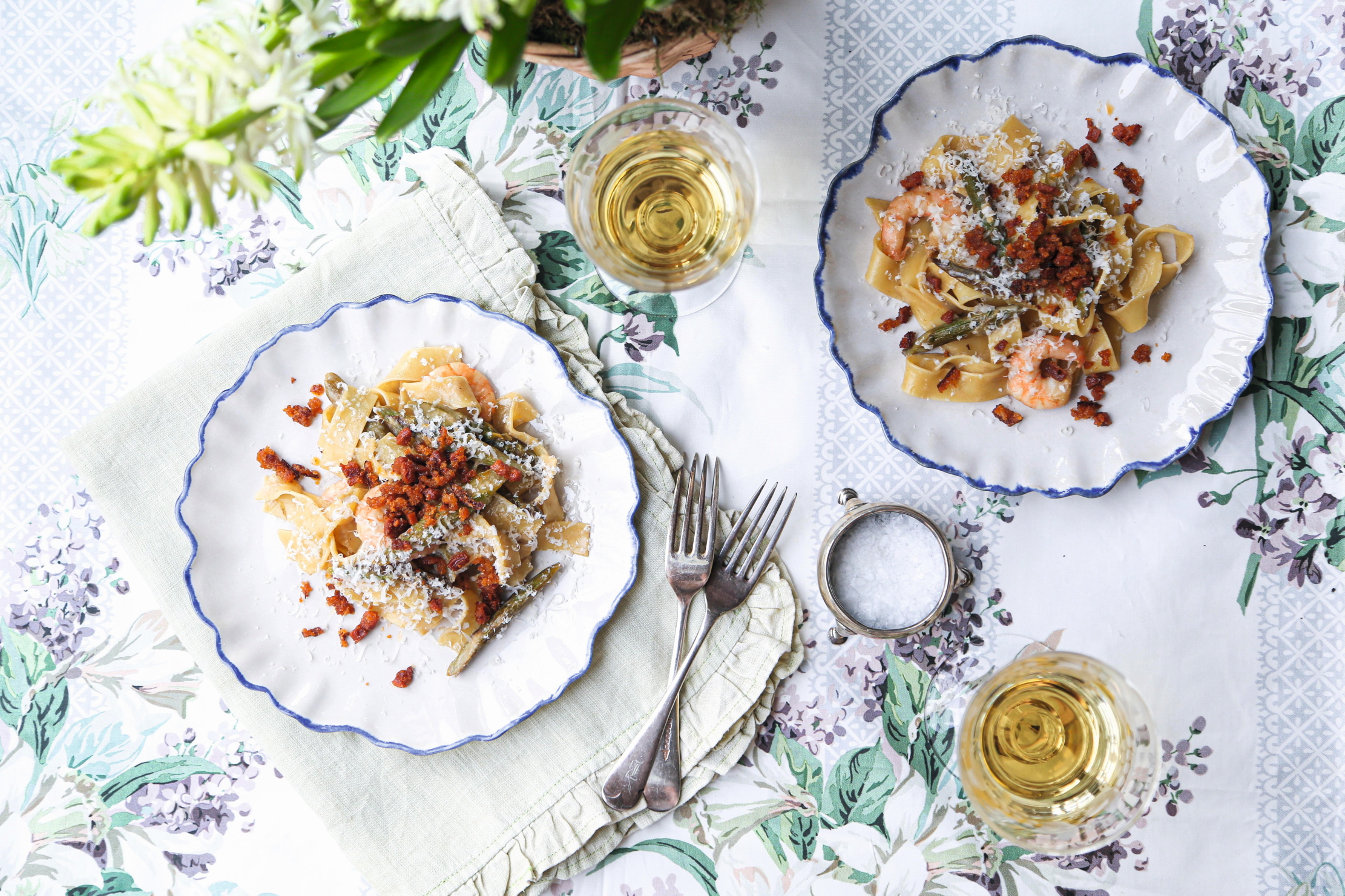 Asparagus and prawn pappardelle with chorizo that sings of Spring
Asparagus and prawn pappardelle with chorizo that sings of SpringThis recipe comes with 'a flavour punch you don't want to miss'
By Melanie Johnson
-
 Delicious herbs and ices: rosemary ice cream with chocolate brownie
Delicious herbs and ices: rosemary ice cream with chocolate brownieThis immensely popular and versatile herb is easily grown in the garden, and pairs with anything from ice cream to chicken.
By Melanie Johnson
-
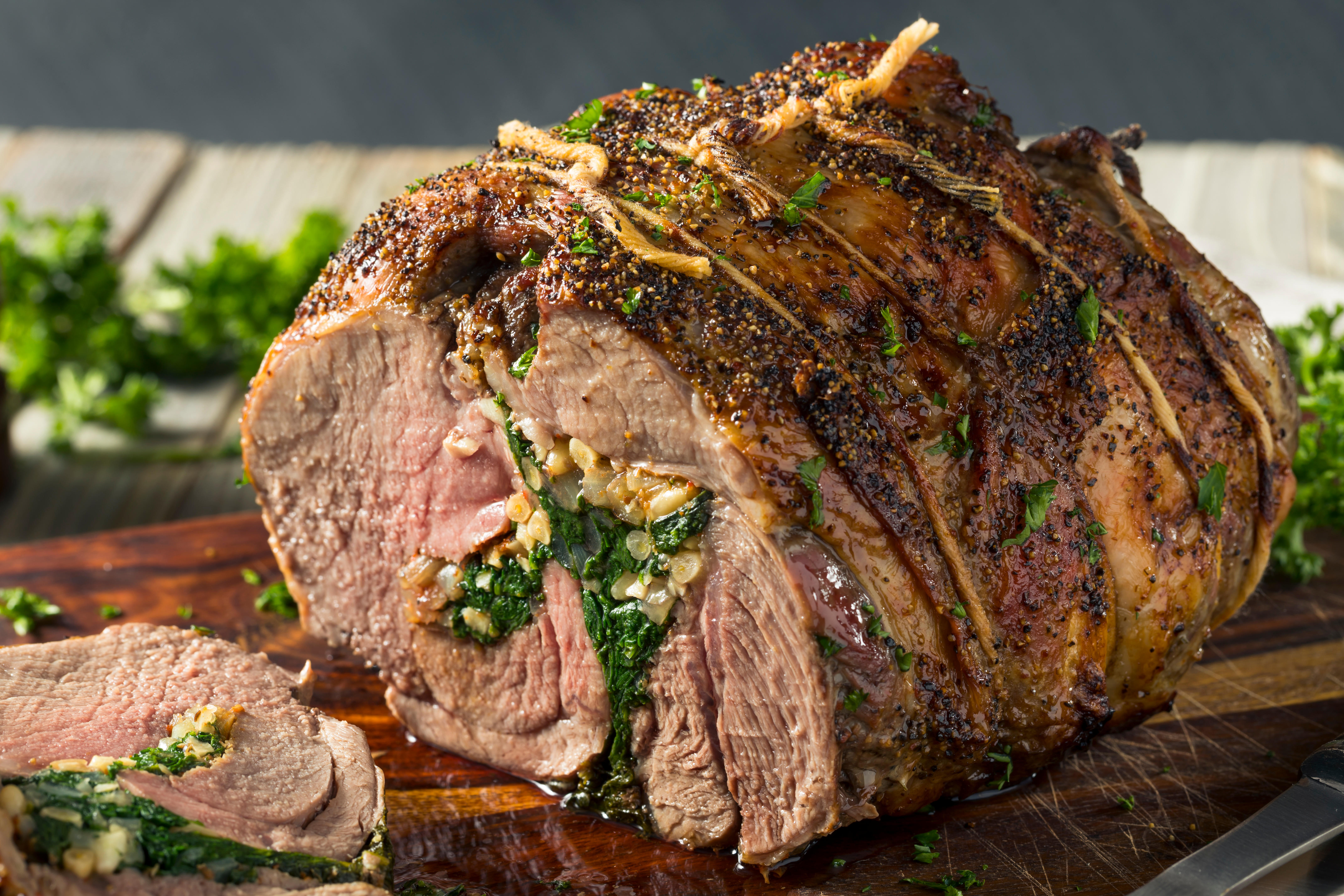 Recipe: Tom Aikens's roast leg of lamb
Recipe: Tom Aikens's roast leg of lambThe arrival of Spring is an grand time of year for all those who love fresh, seasonal food, with the arrival of all the delicious young vegetables and salads. Tom Aikens shares his recipe for roast lamb.
By Country Life
-
 How to make rack of lamb with harissa, asparagus and garlic-and-almond sourdough crumbs
How to make rack of lamb with harissa, asparagus and garlic-and-almond sourdough crumbsNow's the time to enjoy British-grown asparagus.
By Melanie Johnson
-
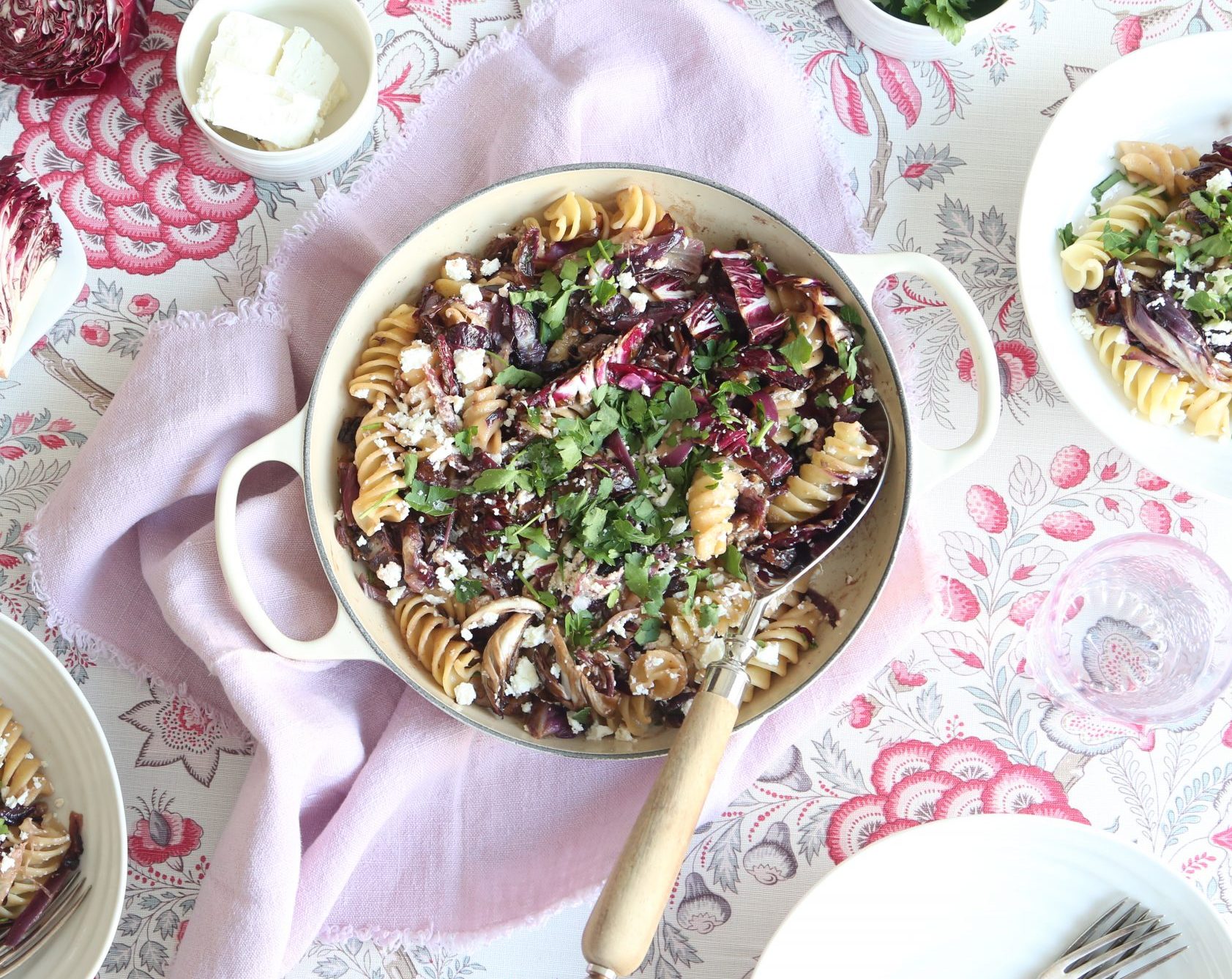 How to make pasta with radicchio, pear, walnut and feta
How to make pasta with radicchio, pear, walnut and fetaRadicchio's bitter leaves add interesting flavours to this spring pasta dish.
By Melanie Johnson
-
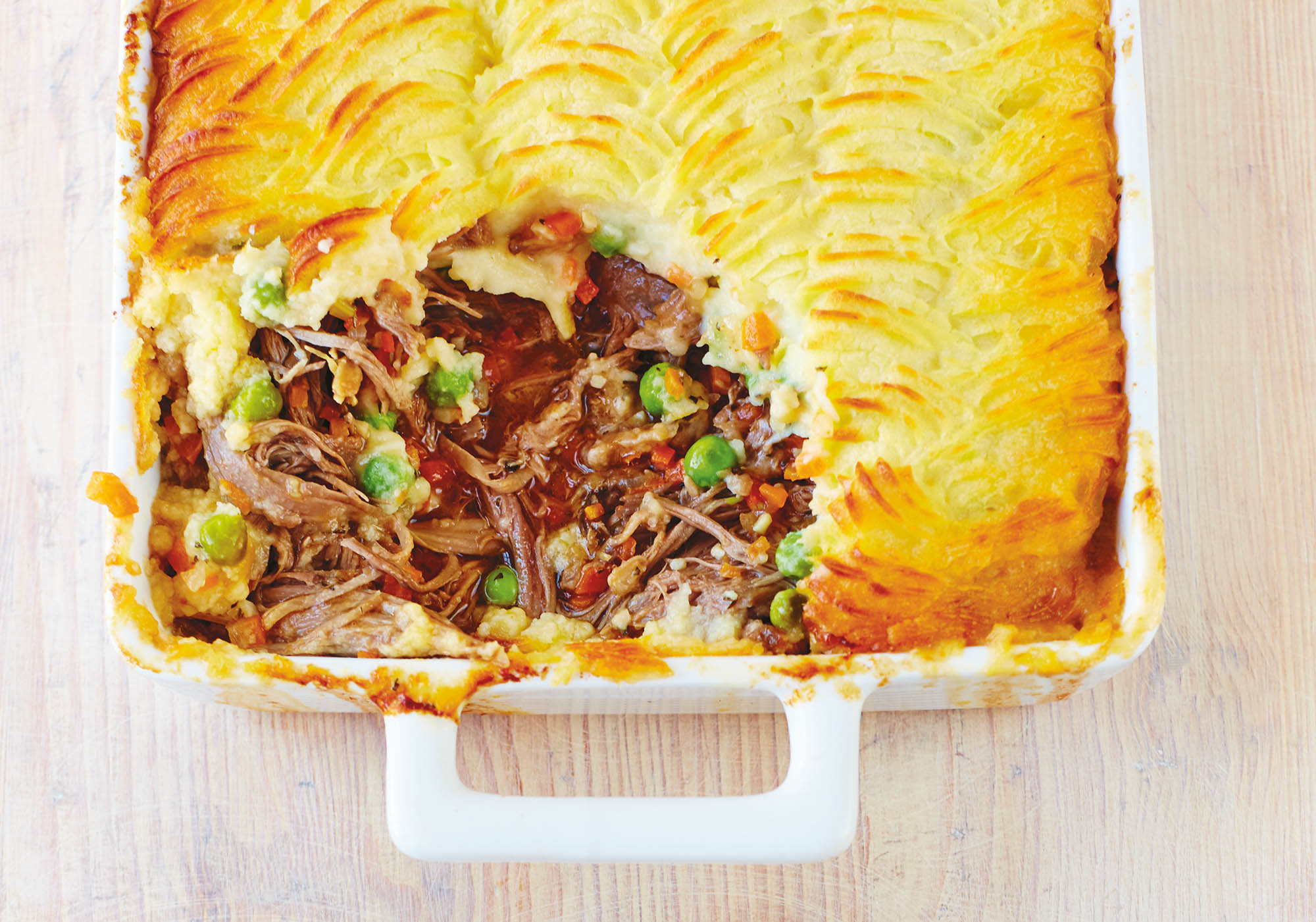 An unbeatable shoulder-of-lamb shepherd's pie recipe ideal for Easter, as dreamed up by the chefs at Fortnum & Mason
An unbeatable shoulder-of-lamb shepherd's pie recipe ideal for Easter, as dreamed up by the chefs at Fortnum & MasonIf you're looking for a dish that mixes show-stopper with comfort food, this is just ideal.
By Country Life
-
 The ultimate 'posh' rhubarb and custard? How to make rhubarb, raspberry and thyme mille-feuille
The ultimate 'posh' rhubarb and custard? How to make rhubarb, raspberry and thyme mille-feuilleHere's how to elevate simple rhubarb and custard to something rather smart.
By Melanie Johnson